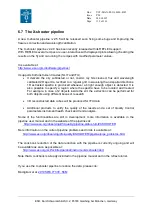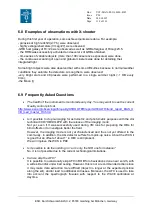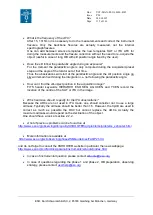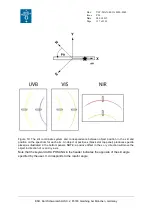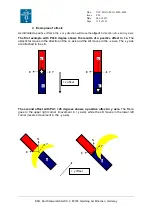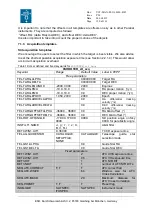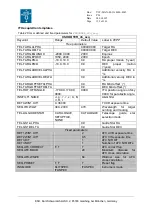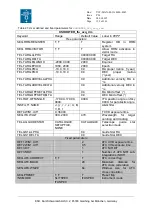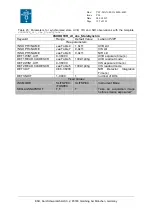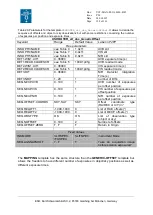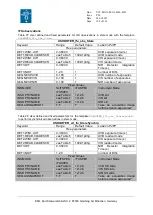
Doc:
Issue
Date
Page
VLT-MAN-ESO-14650-4942
P96
24.06.2015
114 of 161
ESO, Karl-Schwarzschild-Str. 2, 85748 Garching bei München, Germany
6.8 Examples of observations with X-shooter
During this first year of operation, some achievements were done. For example:
- galaxies at high redshift (z=7.5) were observed,
- highly extinguished stars (Vmag=27) were observed,
-GRB host galaxy of R>=24 were observed as well as GRB afterglow of Rmag=23.5.
- the RRM was successfully activated and several z of GRBs obtained,
- time series of variable objects (more than 100 consecutive exposures) were done,
- the continuous scanning of open and globular clusters was done for obtaining their
integrated light.
Some bright objects were also observed but with some difficulties because in normal weather
conditions they saturate the detectors. Among them, were observed:
-very bright stars and 48 presets were performed in a single summer night (~1 OB every
9mn),
-the Moon (!)
6.9 Frequently Asked Questions
The health of the instrument is monitored every day. You may want to see the current
Quality control plots at
Is it possible to do pre-imaging for astrometric and photometric purposes with the AG
technical CCD?OBSOLETE with the release of the imaging mode
Not yet, even if It was successfully used during VM runs for preparing the OBs for
blind offsets or to investigate better the field.
However, the imaging mode is not yet characterized and thus not yet offered to the
community. In addition, the AG detector suffers from pick-up noise. About the WCS it
is good but an offset of about 1” in DEC is still present.
We will improve the WCS in P88.
Is it possible to do the nodding in 1 arm only, the NIR one for instance?
No, it is not possible due to the current technological limitations.
Can we skip the AFC?
It is possible to occasionally skip AFC in BOB for observations done near zenith, with
a wide slit and/or under bad seeing. However, this is not a recommended action since
it may make data extraction more difficult (object no longer at the expected position
along the slit), and/or lead to additional slit losses. Moreover, the AFC is used to take
into account the spectrograph flexures with respect to the WAVE calibration at
daytime.














